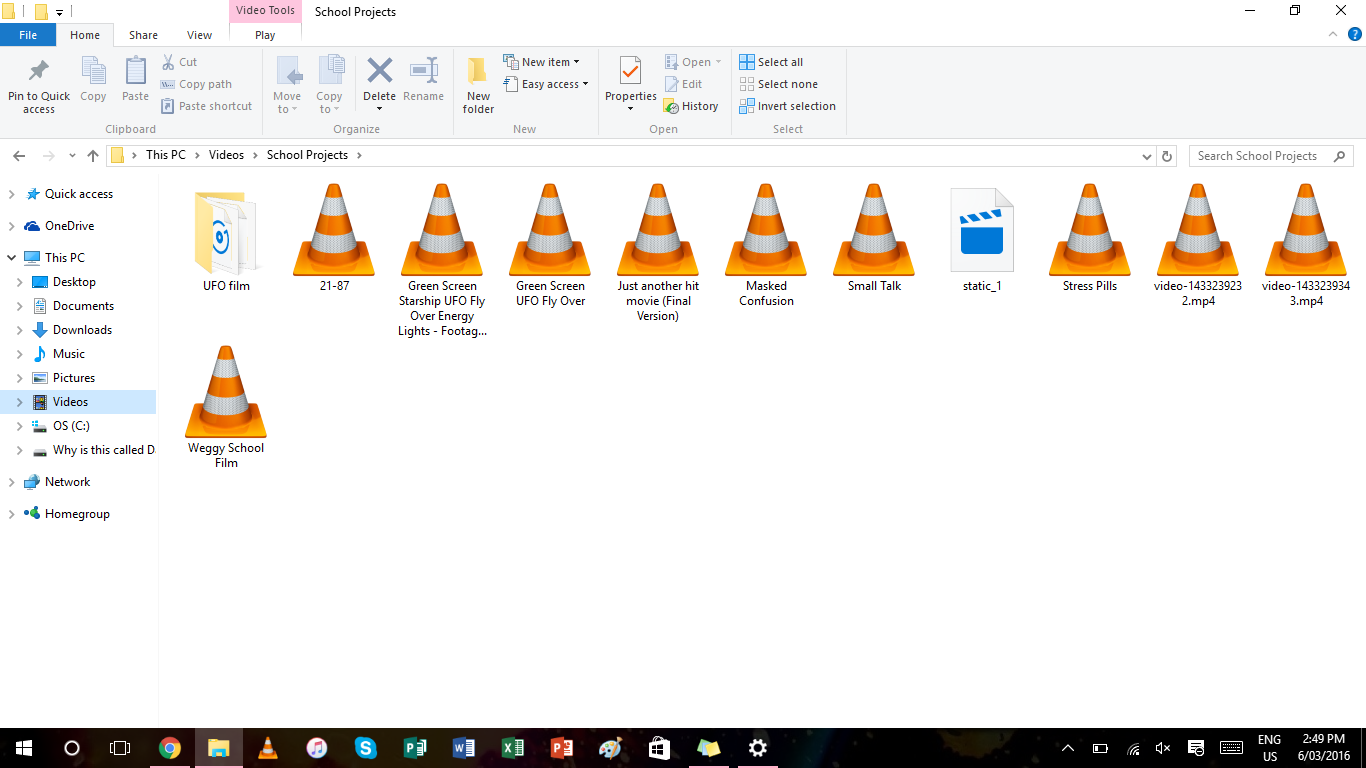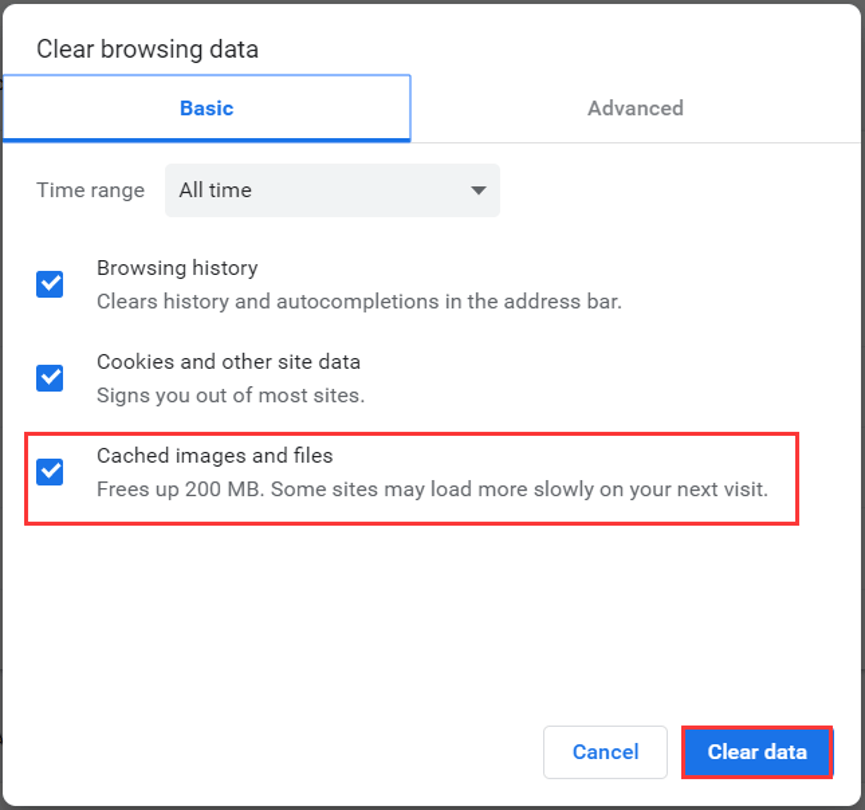
Check the boxes for the temporary cache files you want deleted, then click 'Remove Files.
#Private cache windows windows#
Following a flush, the request is answered again by the responsible DNS server, and the connection setup to the web project works as planned again. Open the Windows 11 settings menu and go to System > Storage > Temporary Files. Solve technical problems: A DNS flush can resolve technical problems when accessing web applications, e.g., if an incorrect version of the called website is displayed due to outdated entries.These functions are private, so to get to their names, you need to. So-called DNS spoofin (or DNS cache poisoning) is intended to tap sensitive login data, for example, user details for online banking. In turn, the Cache Manager is a set of function in the kernel executable file ntoskrnl.exe, which starts with a prefix Cc. In the Resource Monitor user interface, select the Memory tab, as shown in Figure A. The cached files are temporary files that help the internet pages load quicker. Security against manipulation: If cybercriminals gain access to the DNS cache, they could manipulate entries and redirect you to fake websites. To get started with Resource Monitor, press Windows +R, type Resmon.exe in the Open text box, and press Enter. Your web browser stores complete or partial copies of the pages you recently viewed together with the media (images, audio, and video) in a file on your computer called the cache.The more extensive the collection of cached addresses, the more you reveal about yourself.


Hide search behavior: Recorded addresses including additional information such as validity period provide an approximate overview of your page history.There are three reasons for regularly setting the DNS register to zero with a DNS flush, regardless of the actual validity period of the individual records:


 0 kommentar(er)
0 kommentar(er)
